Lumiterra is one of the few Web3 games that dares to build a living world before thinking about speculation. Far from the typical “click-to-earn” or passive farming, here we have an ambitious MMO: combat, farming, gathering, crafting, creature capturing, and player cooperation. All integrated into a Web3 ecosystem, but without imposing it as a barrier.
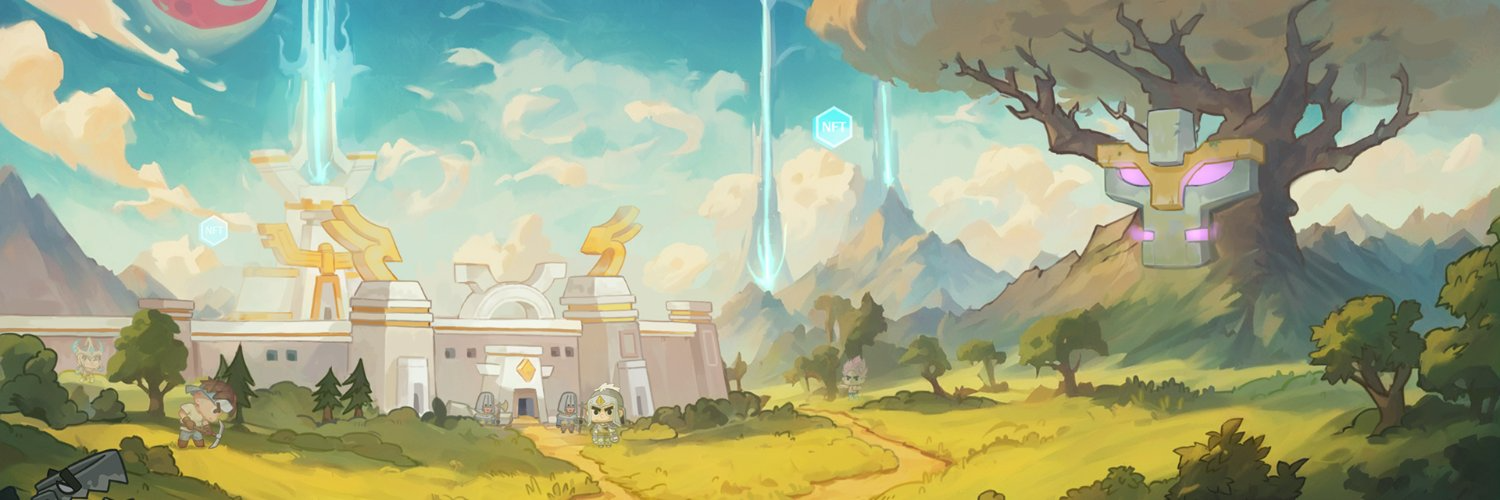
After testing the beta phase, these are the impressions it leaves.
What does it feel like to play Lumiterra?
The first thing that stands out when entering is that there’s no single way to play. You can focus on planting, taming creatures, gathering materials, or jump straight into combat. But not everything is available from the beginning. There’s a clear progression system, and that makes it more interesting: you have to explore, learn, and decide how to specialize.
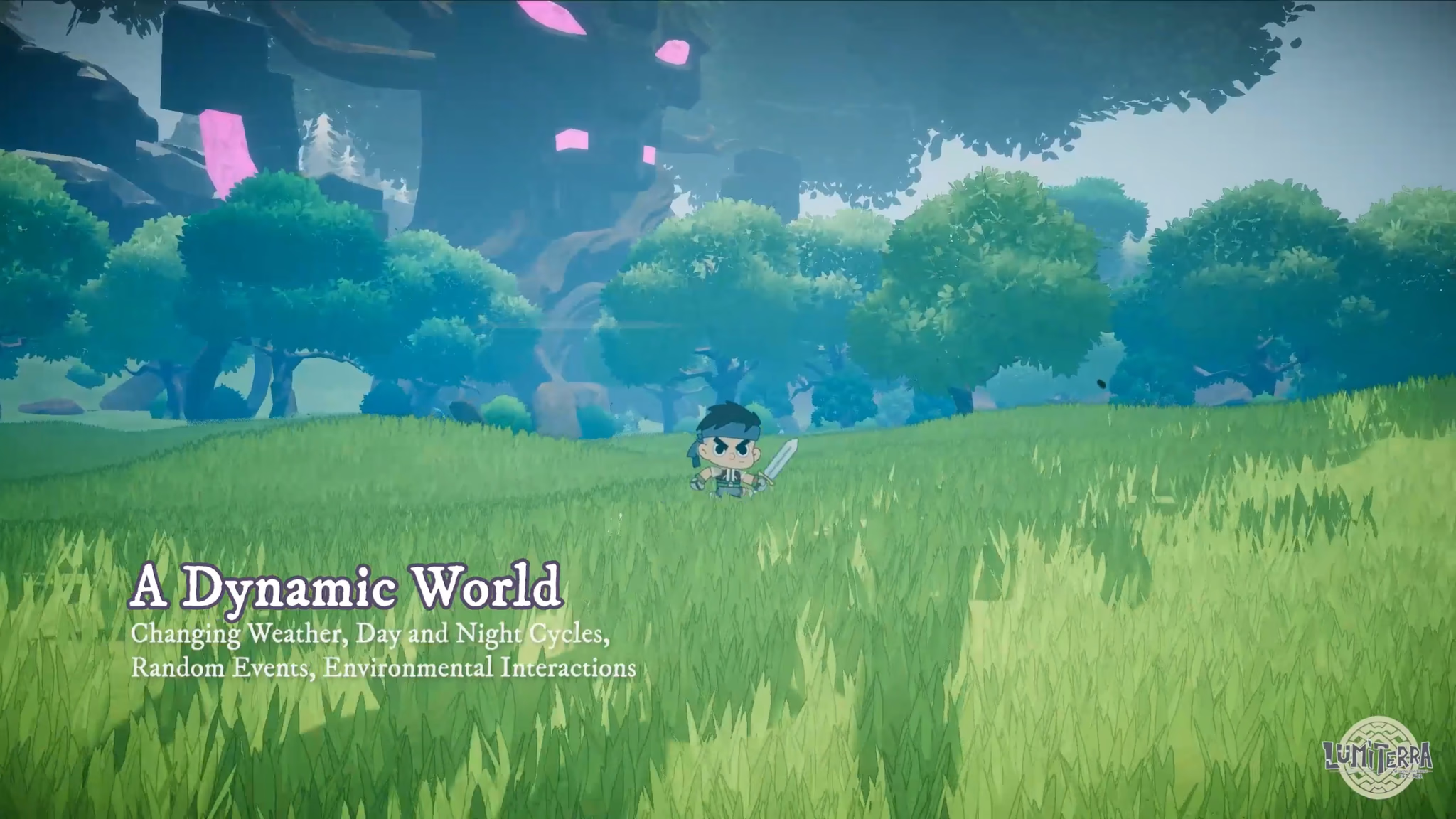
Combat is real-time, with simple but effective mechanics. You can use different weapons and abilities, and even bring along creatures you’ve captured yourself as support. It’s not a deep system like a MOBA, but it gives enough room for tactical decisions.
On the other hand, farming and breeding are not decorative minigames. They demand real attention: crops will wither if you don’t care for them, and animals can die. This forces you to organize your time and prioritize tasks—something that’s appreciated if you enjoy management games.

Progression experience: slow, but satisfying
Lumiterra doesn’t give you everything from the start, and that’s a good thing. You have to unlock recipes, gather rare materials, improve your skills and, if you want to go further, coordinate with other players. It’s not a game of instant rewards. It’s an experience where what you achieve carries weight because it required time and planning.
The talent system also pushes in that direction: you can focus on combat, gathering, or farming, which makes cooperation almost mandatory if you want to progress faster. This creates a real sense of community.
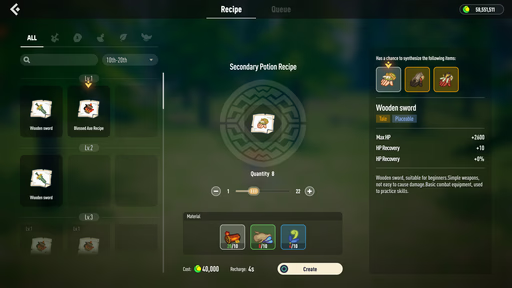
But if you play solo and just want to earn some profit, the opportunity is here too. You can focus on a single task, buy and sell to other players, and generate profit as you progress.
And the Web3 economy? It's there, but doesn't dominate
Tokens ($LUA, $LUAUSD, $LUAG) and NFTs exist, but they’re not the core of the experience. You can play without investing a single cent and still have content to explore. That said, if you decide to get into the economic side, there’s a lot to do: from trading lands or monsters to participating in governance through the $LUAG token.
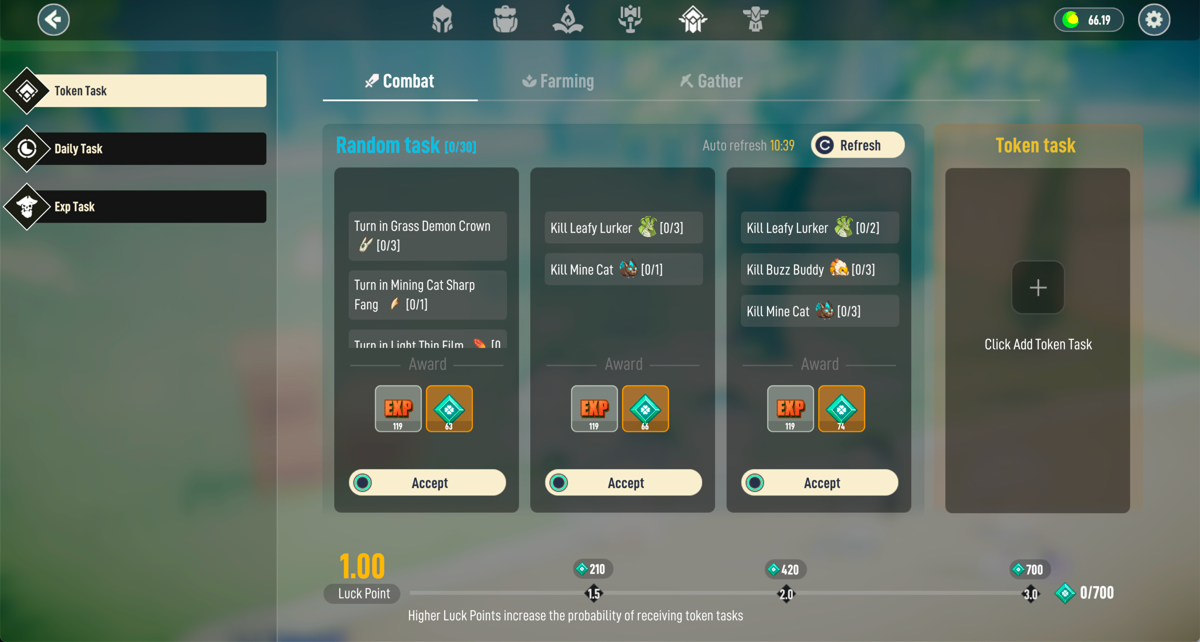
The good thing is the economy doesn’t feel forced. It’s integrated, but not obligatory. And being on Ronin, transactions are fast and cheap, which reduces friction.
How active is the game?
During the betas, the number of players has been high, with over 180,000 active wallets per day. There are events, competitions, and organized guilds. If you’re interested in the social aspect, you’ll definitely find a community, although—as is typical in Web3 games—interest can fluctuate over time and with on-chain activity.
Visually, the pixel art style works well. It doesn’t aim to be realistic, but its design is coherent. Some menus still need polish, and the interface can be confusing at first, but it doesn’t break the experience.
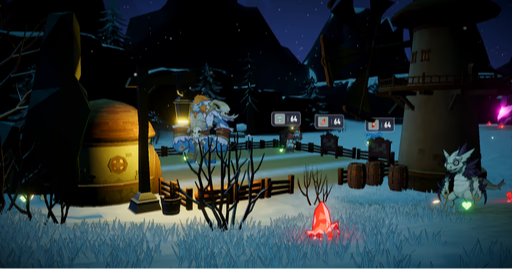
Is Lumiterra worth playing?
It depends on what you’re looking for:
- If you just want to farm tokens quickly: it’s not your game, at all, though you might try your luck in the item market.
- If you’re looking for an experience closer to a classic MMO, but with well-integrated Web3 layers: then it’s worth it.
- If you want to specialize, collaborate with others, build something of your own, and progress step by step: Lumiterra offers more depth than many of its competitors in this space.
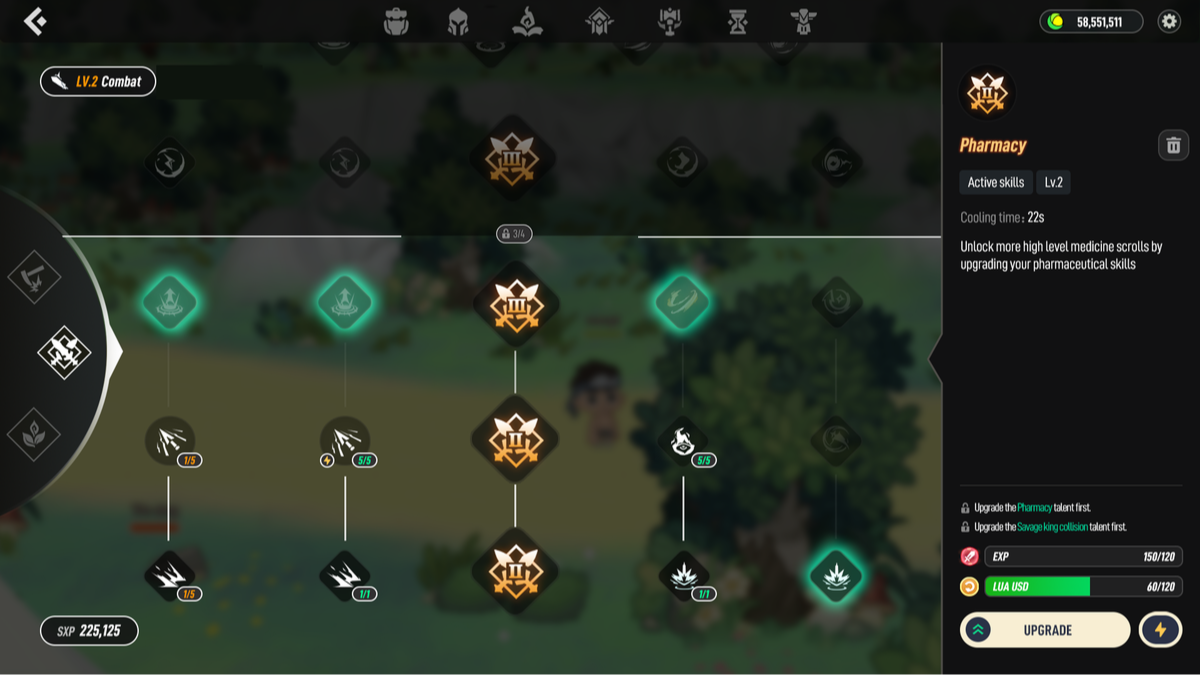
It’s not perfect. There are bugs, unfinished parts, and a learning curve that can be rough if you’re coming from Web2 games. But the core gameplay is well thought out. And that, in Web3, already says a lot.
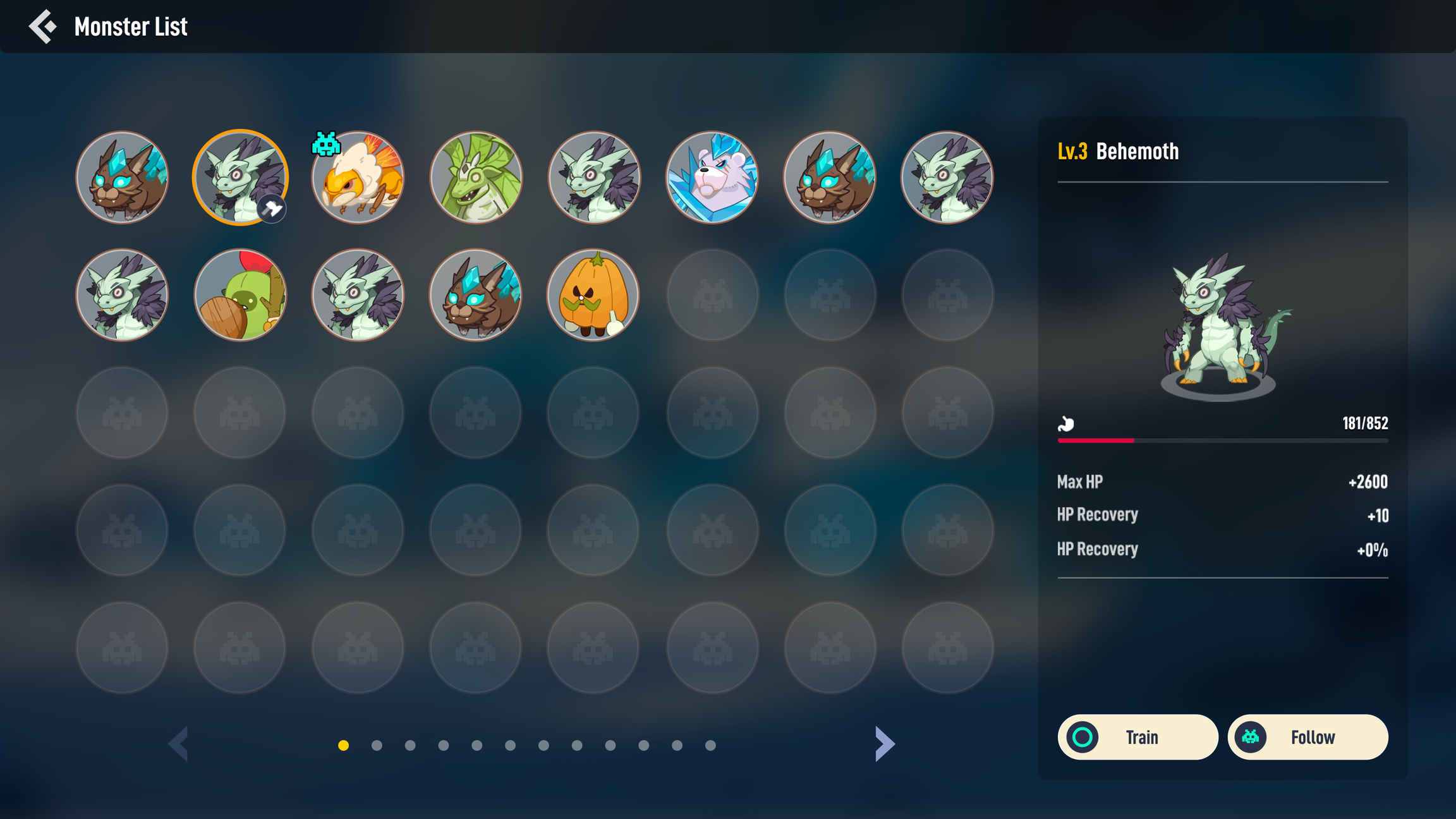
Lumiterra doesn’t reinvent the genre, but it adapts it coherently to the Web3 environment. It has content to explore, a functional economy, and a focus on collaboration that makes it interesting. If you’re looking for a game that doesn’t rely on token hype and offers a real gameplay experience, you’ll probably want to give it a shot.
7
0
NEWSLETTER
Subscribe!
And find out the latest news
Other news you might be interested in
Etiquetas







